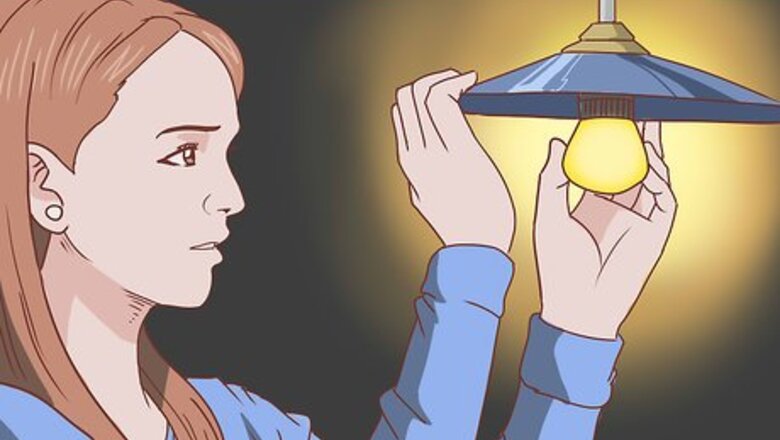
views
Creating a Sleepy Mood

Dim the lights. Approximately one hour before bed, dim the lights slightly in the person's home or apartment. Bright lights create stimulation in the brain, and as a result, can make it more difficult to fall asleep. By dimming them, a person more likely to fall asleep later on at night. If the lights in the house or apartment cannot be dimmed, one alternative is to turn off all overhead lighting and leave a few smaller lamps on to create a dimmed effect.
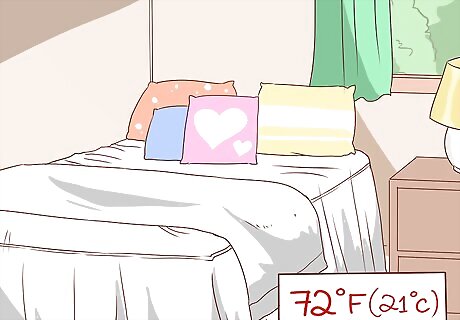
Prepare the bedroom. Set the room to a comfortable temperature if the home or apartment has a thermostat. If the room is too cold, the person will not be comfortable enough to sleep because he or she will feel chilly. If it's too warm, he or she will be sweaty and uncomfortable. Usually, a temperature around 72ºF (21ºC) is ideal. Also, try to keep the room as quiet as possible by closing windows. In a home or apartment without a thermostat, try providing a fan to keep the person cool or extra blankets to keep them warm.

Encourage a relaxing hobby at bedtime. Rather than getting into bed and immediately turning off the lights to go to sleep, encourage the person to pick up a relaxing hobby once they get in bed. This will help bring the day to a close. By relaxing before bed with a repetitive activity, the person will be less stimulated, and thus be more likely to fall sleep. Try reading for 30 minutes before bed, for instance. Be sure they do not reach for their tablet or phone. Once in bed, the bright lights from their tablet or phone will stimulate their brain and make it difficult to fall asleep after they are turned off.

Exercise to relax. After their new nighttime activity, such as reading, suggest that the person further relax through exercise. One exercise frequently recommended includes progressive muscle relaxation, which involves going through each muscle group in the body and flexing and relaxing it. Another suggested exercise is deep breathing, which will also help prepare the person for bed. You may also suggest mental exercise which will distract the mind, for instance, thinking of fruits and vegetables that begin with the same letter.
Encouraging Lifestyle Changes
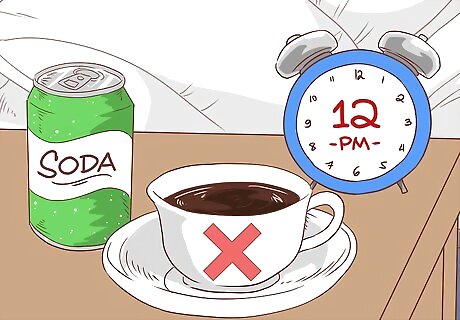
Cut down on the coffee and fatty foods. Coffee and other caffeinated drinks, such as soda, energy drinks, tea, and hot chocolate, are stimulates. They make it very difficult to fall asleep, particularly if they are consumed later on in the day. If someone you know is having trouble sleeping, it could be because of caffeine consumption. Encourage them to stop drinking caffeinated drinks around 12:00PM, and remind them that the effects of caffeine last four to seven hours. Likewise, fatty and sugary foods are difficult for the body to digest and can cause indigestion and stomach aches. These issues can make sleep difficult, so they should not be consumed later in the day. Suggest gradually reducing the amount of caffeine the person consumes in a day. For instance if they drink three cups of coffee, reduce that to two and a half for a week, and then to two cups the following week.
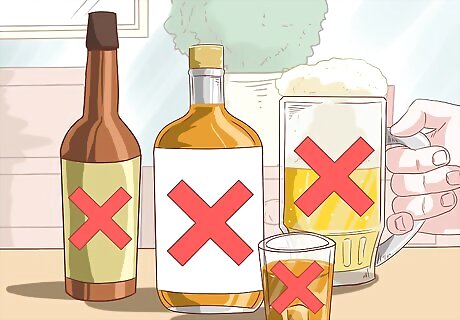
Eliminate alcohol close to bed time. Alcohol before bed can increase anxiety, making it more difficult to sleep. If the person enjoys drinking at night, his or her last drink should be three hours before bed. In addition, they should limit themselves to two or three drinks for the entire day.

Establish a regular schedule. Suggest that the person wake up at the same time every day, including the weekends. Importantly, they should wake up at the same time regardless of what time they managed to fall asleep the night before. This should be done even if the person has a hard time waking up in the morning. By sticking to the same wake up time, their body will begin to adjust to a new schedule, and become tired at a certain time each night. This will aid in falling asleep.
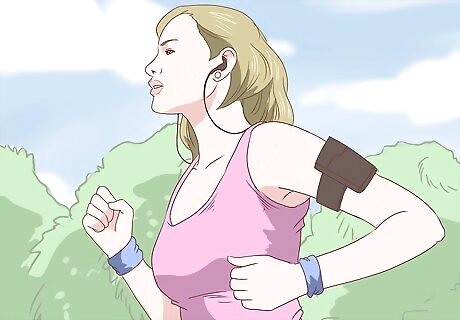
Exercise during the day. A regular exercise routine has multiple benefits for sleep. Firstly, it will help reduce anxiety that can cause sleeplessness. Secondly, it will help the person become tired. Walking has been shown to be the best exercise to promote sleep.
Seeking Medical Attention

Consult a sleep specialist. If the person continues to have difficulty falling asleep, you may suggest that he or she visit a sleep specialist. People who visit sleep specialists are those who are complain about lack of sleep quality and/or quantity. There are 88 different types of sleep disorders, and a specialist will be able to help your friend or loved one tackle their specific sleeping problem. A primary care physician may refer someone to a sleep specialist based upon symptoms, so their doctor can be their first stop.

Expect tests at the sleep specialist. The sleep specialist will ask a number of questions to determine if the patient needs further testing. The test, called a polysomnogram, measures activity during sleep through electrodes attached to the body. The polysomnogram will measure heart rate, brainwaves, eye movement, muscle tension, air flow, and more.

Follow the specialist's recommendations. There are a number of possible suggestions that a specialist will make. It may be that they suggest behavioral therapy, for instance changing lifestyle and habits (as mentioned above). It is also possible they will suggest medication to help with sleeplessness, or suggest devices that will make it easier to breath at night. Whatever the suggestions of the specialist, make sure your friend or loved one follows the directions exactly.














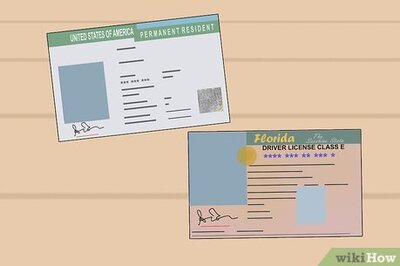
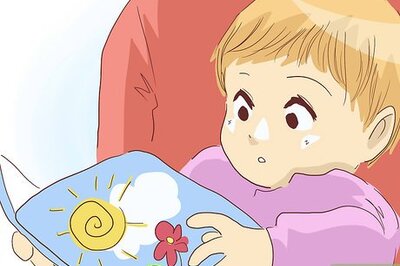

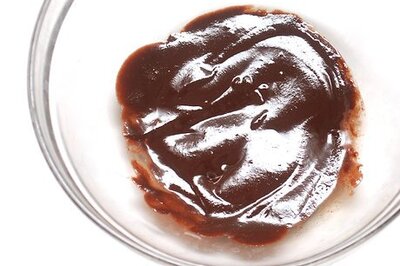
Comments
0 comment